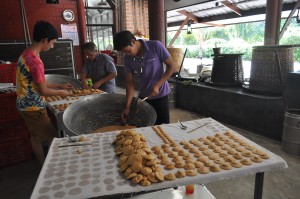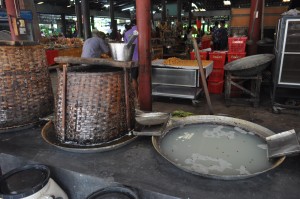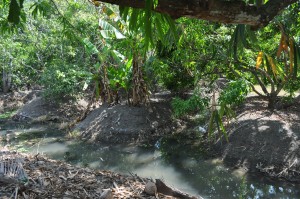In part of our final class about measures taken to mitigate road mortality due to habitat fragmentation, Dr Evans talked about several wildlife connectors (e.g. the bridges for arboreal animals at Hume Freeway, Australia). While I agree that such corridors can help to prevent problems like inbreeding and subsequently, genetic isolation, I wonder about the effectiveness of these wildlife connectors in the long term.
1) If animals in the area become habituated to the structures, would they become less effective? For instance, large, carnivorous mammals might become aware that the smaller mammals (prey) utilize the connectors and hence, “camp out” along these corridors to ambush any of the prey that may come along. If this happens, smaller mammals may start to avoid these connectors since risk of danger becomes higher. Furthermore, attempting to escape along the narrow/constricted corridor might be much harder than in the open forest.
2) Dr Coleman also adds that such wildlife corridors have contributed to human-wildlife conflict. Since one of the wildlife corridors in the town of Canmore, Alberta, lies within a major training area for the summer Olympics atheletes all over Canada, there have been cases where runners and cyclists were attacked by bears. Such human-wildlife conflicts have ended up with fatalities and authorities have been coordinating efforts to minimise such conflicts. One way is by restricting people to designated trails and wandering off the trails not shown on trail maps or posted signs are illegal. Visitor information on how to “be bear smart”, “be elk wary” and “be cougar alert” have also been made available. Hopefully, as more people learn to live with wildlife, human-wildlife conflicts would decrease.
Since such wildlife corridors are generally expensive to construct (e.g. the EcoLink project in Singapore was estimated to cost $17 million), it certainly wouldn’t make sense if the success were only short term or if human-wildlife conflicts increase to dangerous levels. Can the long-term effectiveness of these wildlife corridors be justified?
What are some of your thoughts?




